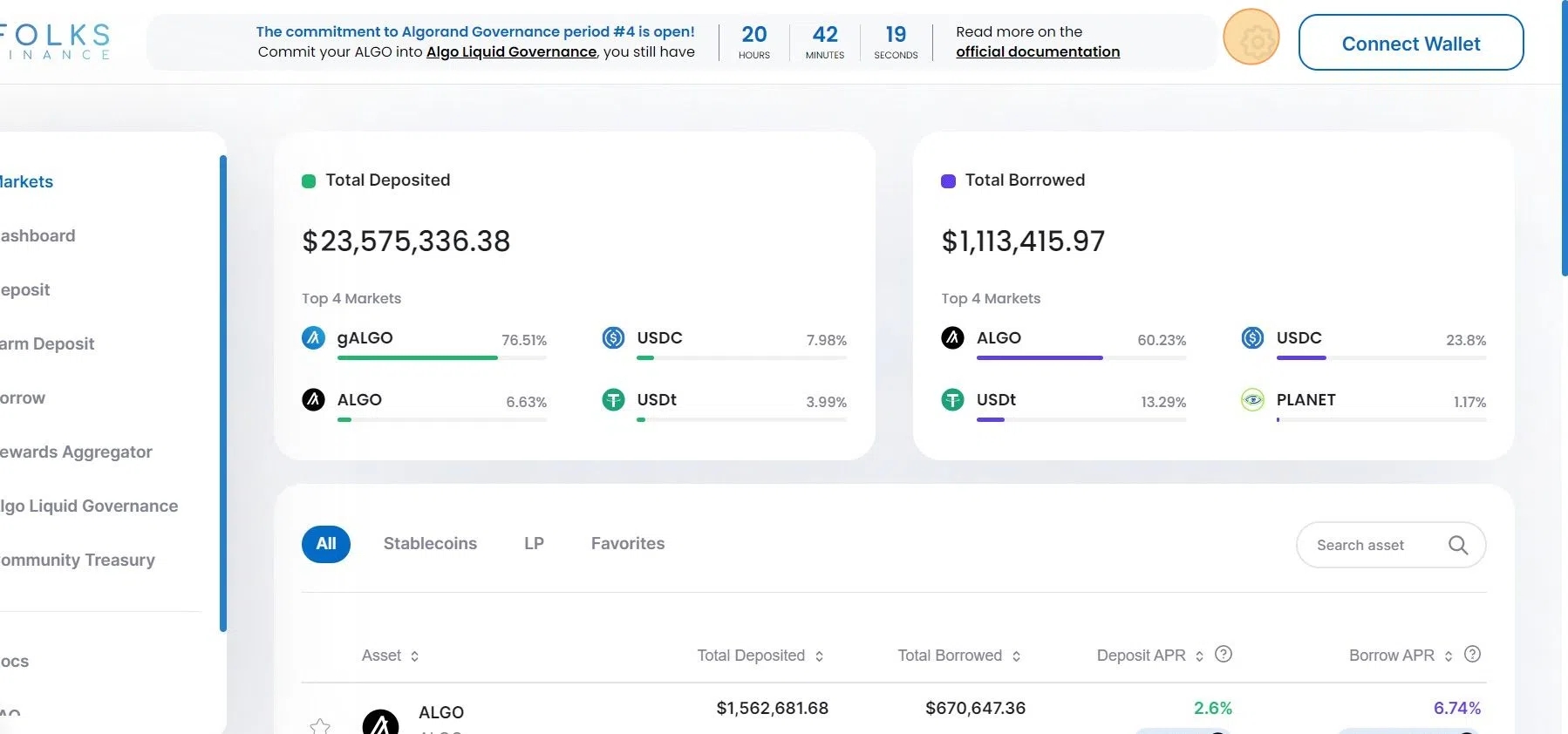Slippage
The slippage is a percentage that allows users to choose their price variation tolerance. It is applied to borrow, repay, reduce collateral and increase borrow operations. If the price variation goes over the slippage, the transaction will fail.
Note. The failure comes only if the operations are close to the max LTV (Loan to Value).
Note. In the case of repaying your loan, the transaction will not fail if the slippage is exceeded. Instead any excess amount sent is automatically returned to you within the same transaction group, so you end up paying the same amount regardless of the slippage set.
Why the slippage is needed
The slippage is needed for a number of reasons.
When the user borrows or reduces their collateral close to the maximum allowable amount. By the time it takes for the transaction to be finalised on the blockchain, the interest could have grown or the assets' price could have changed. This may result in failure if the collateral is insufficient to cover the borrowed amount.
When the user repays a loan. By the time it takes for the transaction to be finalised on the blockchain, the interest could have grown or the asset's price could have changed. This may result in the user not closing their loan fully and having a very small position still opened.
How to manage it
Users can modify the slippage through the setting menu.

Last updated
Was this helpful?
